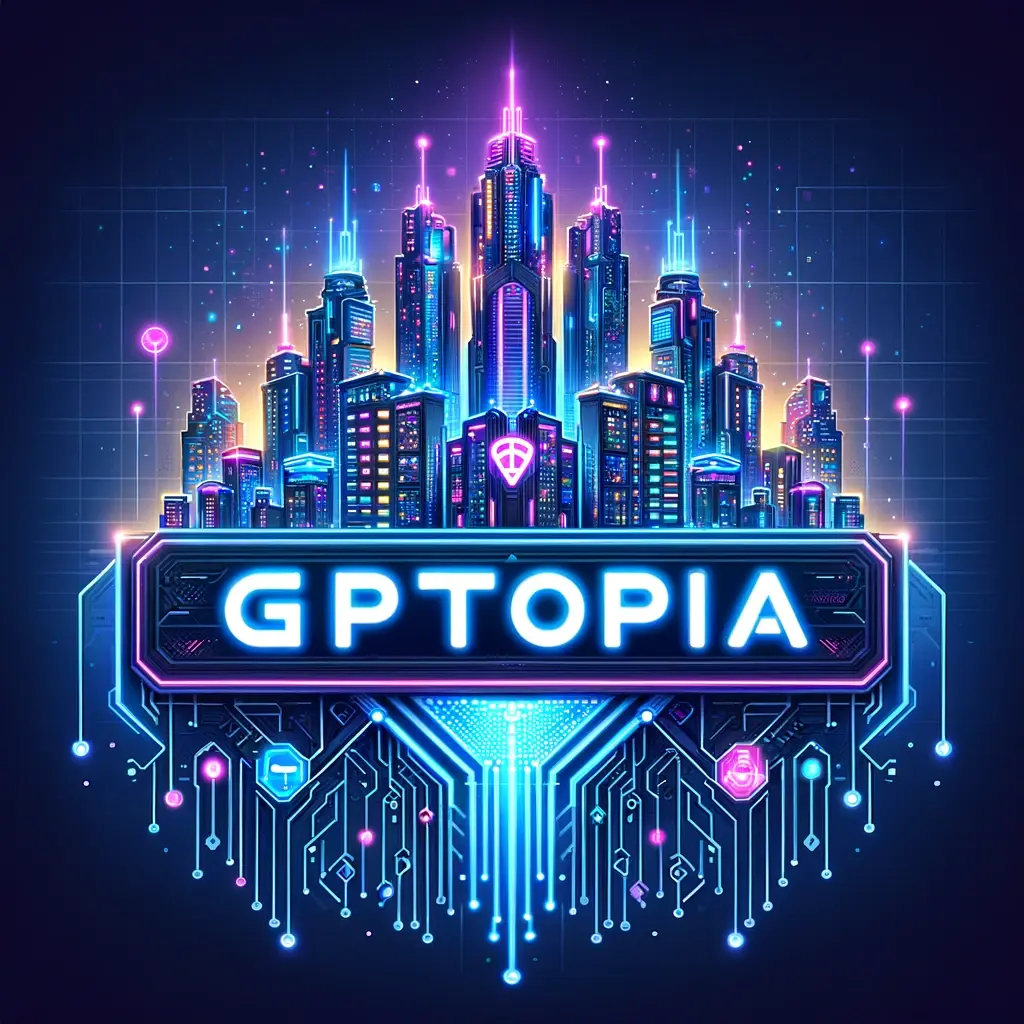complete article index can be found at
https://ideabrella.com/papers/articles
AI and XR will drastically Improve Remote Learning Environments ZEN 💡 @ThisIsMeIn360VR · Jul 30 AI and XR will transform remote learning 🎓 and create exciting opportunities for future innovations. The rise of remote learning has highlighted the need for innovative solutions to keep students engaged and motivated. By integrating Artificial Intelligence (AI) and Extended Reality (XR), educational institutions can create immersive, personalized, and effective learning experiences. Personalized Learning Paths AI excels at analyzing student data to understand individual strengths, weaknesses, and learning styles. By leveraging AI in remote learning, educators can create personalized learning paths that cater to each student’s needs. AI can recommend resources, adjust the difficulty of assignments, and provide real-time feedback, ensuring that students stay on track and achieve their learning goals. Imagine an AI tutor that adapts to your learning pace, offering tailored lessons and exercises that keep you engaged and challenged.
Immersive Learning Experiences XR technology can bring remote learning to life by creating immersive environments where students can explore and interact with educational content. Virtual Reality (VR) can transport students to historical sites, scientific laboratories, or even outer space, making learning more engaging and memorable. Augmented Reality (AR) can overlay digital information onto the real world, enhancing textbook content with interactive 3D models and animations. For example, a biology lesson on the human body could include an AR experience where students examine and interact with 3D organs and systems. 🧬
Enhanced Collaboration and Communication One of the challenges of remote learning is maintaining effective collaboration and communication among students and teachers. XR can address this by creating virtual classrooms where participants can interact as if they were in the same physical space. AI can further enhance these interactions by facilitating discussions, moderating group activities, and providing instant translations for multilingual classrooms. This can help create a sense of community and make remote learning more dynamic and interactive. 🌐
Future Opportunities Looking ahead, the integration of AI and XR in education presents numerous exciting opportunities. One potential innovation is the development of AI-powered virtual mentors who can provide personalized guidance and support to students. These mentors could use XR to create immersive study sessions, offer real-time feedback, and help students develop critical thinking and problem-solving skills. Another exciting possibility is the use of AI and XR to create adaptive learning environments that evolve based on student performance. For instance, if a student struggles with a particular concept, the AI could modify the XR environment to provide additional practice and explanations, ensuring mastery before moving on to more complex topics. AI and XR are poised to revolutionize remote learning by making it more personalized, immersive, and engaging. As educational institutions continue to explore these technologies, we can expect even more innovative solutions that will enhance the learning experience and help students achieve their full potential. 📚 If you like AI tools related to Education, be sure to explore that building in the city of GPTOPIA https://x.com/ThisIsMeIn360VR/status/1726605950575083977









